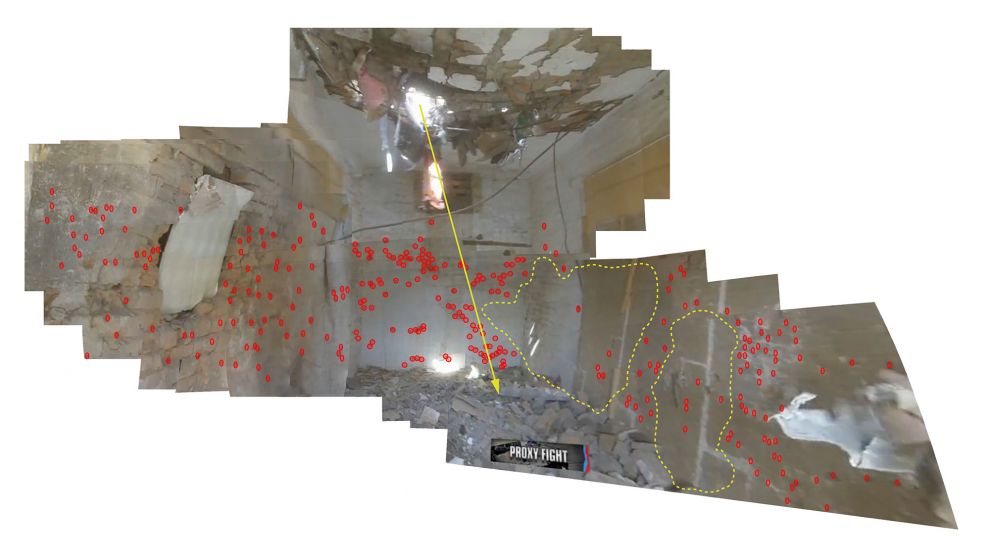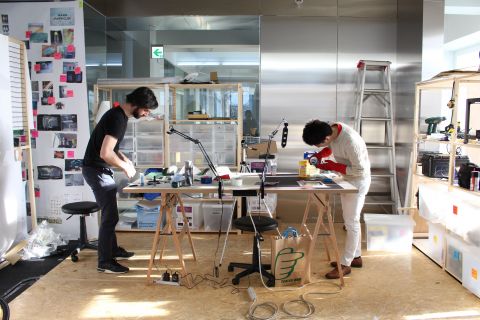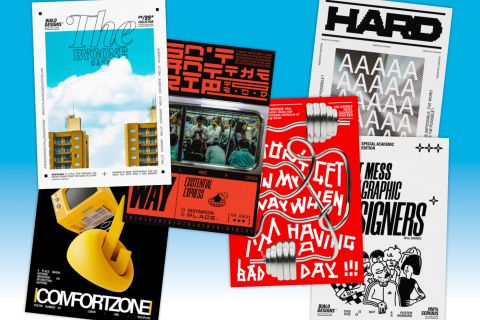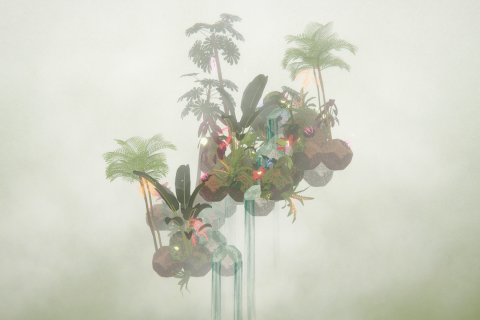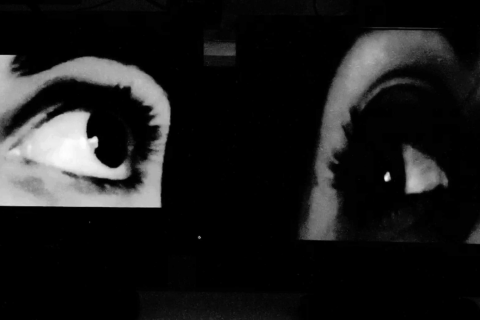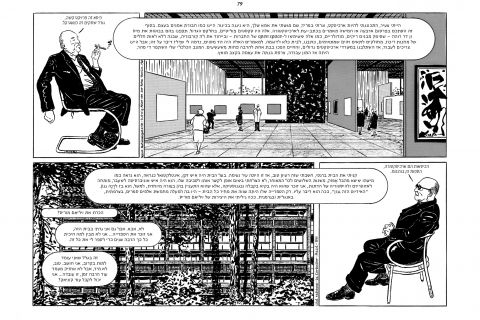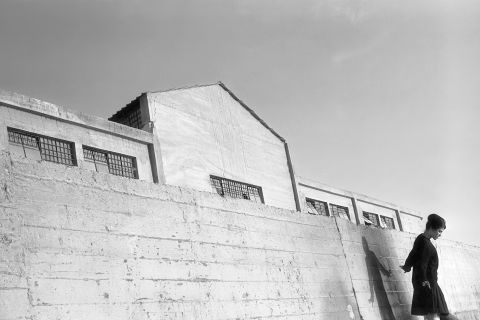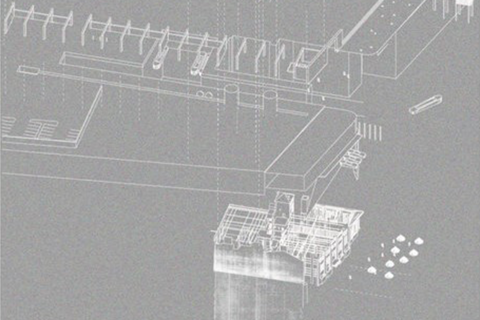Bezalel News
חדשות בצלאל
أخبار بتسلئيل
Can Walls Photograph?
The room in the photo was assembled by deconstructing an amateur video taken secretly in a room after it was bombed in North Pakistan by an American military drone. The video was smuggled to the West, at a time when the American army hid its method of extermination using drones. The photo was put together in the Forensic Architecture Institute in London- a civilian research center that develops new technological tools to examine human rights violations in order to prepare legal evidence to help casualties who are otherwise helpless.
The term "Forensic", which can be translated to 'criminal identification', comes from Latin and means "before the forum"- that was, in the past, the gathering arena for citizens of the Roman state. The role of the "Forensi" was to present evidence before the forum of citizens. And similarly, the members of the Institute create evidence that will be accepted by legal forums, as well as public ones such as museums. While states, armies and regimes have many powerful tools to impose their policy, members of the Institute are being asked to develop tools to present evidence for innocent civilians harmed by the state, the army and the police, but who do not have the power or the means to stand up to authorities.
In the case in front of us researchers at the Institute of Forensic Architecture took the short video apart frame by frame, and the put together a panoramic photo. With the help of this photo they calculated the path of the rocket, mapped the shrapnel markings left by the bomb on the walls and then discovered that in a certain area there were no markings. When the researchers delineated the area, it revealed the shape of human beings that apparently were in the room at the time of the explosion. Those people absorbed the shrapnel in their bodies so that impressions of their bodies appeared on the wall. The bombed room became a sort of "Camera Obscura", a room/camera, (the word camera comes from the Latin word for room). The video camera took a picture of a room/wall that became a type of "camera", itself, and that camera documented the moment of the explosion. In this way, they discovered the type of bomb that the Americans fired and the strategy of the bombing, and presented evidence and proof for those harmed in the bombing. All this in spite of the denial by the American Government that they used this method of bombing.
So what kind of "photography" took place here? What can be learnt from this about documenting in the present era? I maintain that forensic investigation, allows us to think of different objects as a form of photography, while at the same using actual cameras to show us the pictures. This case tells us that visual art has the power to create, criticize, and help underprivileged people to discover what regimes and those with power are trying to hide from us.
See the report in this link>>
In the Department of Visual and Material Culture we will examine historical and contemporary cases in which photography is used as a document and for evidence: in newspaper photos, icons; activist's projects, telescopic pictures of secret bases, cellphone photos (blurred and pixelated), from the Blue Marble till Google Earth; from police photos from the 19th century to forensic investigations of the present day. We will learn what makes a certain picture into a document, what "worldview" they construct, how different technologies validate or undermine the power of photos as evidence and what the camera shows and what it hides.
Roy Boshi
Lecturer in the Department of Visual and Material Culture
